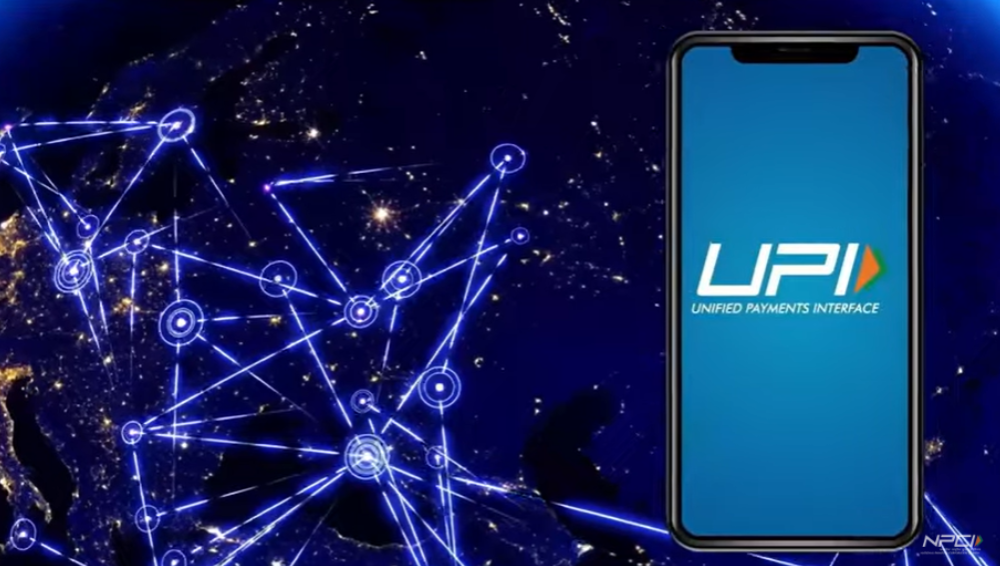

UPI 30% volume cap to even miss December 2024 deadline
19 Feb 2024, 10:03 PMIn April 2024, PhonePe held 48.3% market share in terms of the total UPI volume processed; while Google Pay captured 37.4% share.
Arti Singh
In December 2022, the
National Payments Corporation of India (NPCI) announced the extension of
deadline for Unified Payments Interface (UPI) players to limit to a market cap
of 30% by two years to December 31, 2024.
However, looks like NPCI is
facing difficulty in implementing the cap. “The market is going to miss the
2024 deadline too,” according to a person familiar with NPCI's thinking.
The UPI volume cap, announced in November 2020 with the aim of addressing concentration risk, gave existing players two years to comply — a timeline that evidently didn't work out.
As per April data published by NPCI, PhonePe continues to gain market share -- with 48.3% market share in terms of the total volume of transactions processed in UPI. It processed 6.5 billion transactions during the month. Whereas, with 5 billion transactions, Google Pay controls 37.4% of the UPI volume share.
On the other hand, Paytm's market share dropped significantly from 13.5% in October last year to 8.4% due to regulatory action.
WhatsApp Payments -- which was seen as a market disruptor even before its proper launch -- is nowhere to be seen today. The rollout of WhatsApp Pay in 2020, marred by 'delays and restrictions', struggled to gain traction; and even after four years, the market share is at around 0.2%.
When NPCI first introduced the
cap, the industry raised questions about how the rule would be implemented and
whether it would result in transaction failures. Even more than three years after the
guidelines were introduced, there seems to be no answer.
NPCI is pinning its hopes on newer players, but “it is difficult to find a new set of players who will accelerate the next phase of growth,” said the person. “In the last couple of months, the situation has been improving with players like Sachin Bansal-led Navi."
"However, some 20-25 players will have to become TPAPs to reduce the risk," the person added.
[As per October 2023 data, Navi clocked 0.53 million in terms of volume of UPI transactions, which increased to 3 million in March 2024 and in April 2024 it reached over 15 million.
Some other funded fintechs such as Groww, which launched UPI payments last year in July, processed 8 million transactions last month; and Slice -- which processed 1.33 million in October last year -- closed April with 7.5 million transactions.]
PhonePe controls 48% and bringing that down to 30% is impossible. "It will take at least 3-4 years," the person believed.
"If we aim for UPI to grow tenfold, significant investments are needed on both the merchant and customer sides — which implies a threefold increase in the number of customers onboarded onto UPI. When UPI first started, PhonePe, Google Pay, and Paytm made all the investments and helped accelerate UPI's growth. Now, who will take on this responsibility? The remaining players will need to provide incentives and attractive offers to attract customers," he added.
The bigger question, however, remains: will the new players take up this challenge as aggressively as early players like PhonePe, Google Pay, and Paytm did, especially in the absence of a monetization model?
In 2022, the Reserve Bank of
India (RBI) came out with a consultation paper on charges in payment systems,
which made a case for a tiered charge to be imposed on UPI transactions in line
with Immediate Payment Service (IMPS) transactions. The Central government also
said that UPI is convenient and that there were no plans to put any charges on
it.
Over the past couple of years, the industry has been lobbying to make UPI transactions chargeable for large merchants, at least.
[Note: The story was updated on May 11, 2024]
The author is Founder and Editor of The Head and Tale. She can be reached at
[email protected]
Tweets @artijourno







